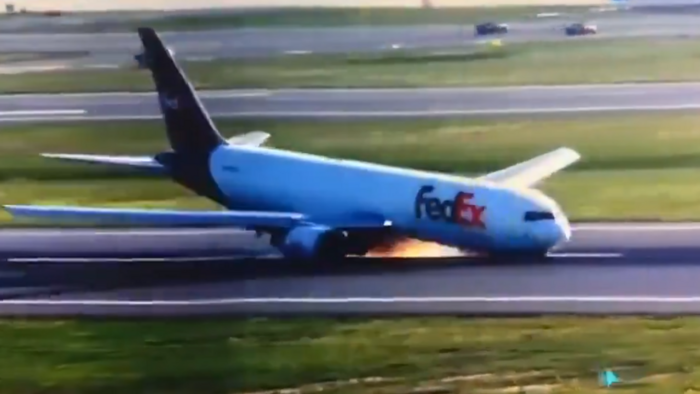
On the morning of the 1st, a FedEx Boeing 767 cargo plane made an emergency landing at Newark Liberty International Airport after a bird strike damaged one of its engines. Fortunately, the three crew members on board were unharmed, but the incident highlights the ongoing threat that bird strikes pose to aviation safety.
According to the Federal Aviation Administration (FAA), there were approximately 19,603 bird strikes on aircraft in the United States in 2023 alone, averaging about 54 incidents per day. This number is a stark reminder of how frequently these encounters occur.
Bird strikes can cause significant damage to aircraft, including engine failure, windshield damage, and structural damage. In the case of the FedEx cargo plane, the bird strike resulted in an engine fire, which could have had catastrophic consequences.
While the aviation industry has made significant strides in developing technologies and procedures to mitigate the risk of bird strikes, they remain a persistent threat. Airports employ various methods to deter birds, such as using radar to detect bird activity and employing wildlife management techniques. However, birds are unpredictable, and even the most sophisticated systems cannot eliminate the risk entirely.
The recent FedEx incident underscores the importance of continued vigilance and investment in bird strike prevention. Airlines, airports, and regulatory agencies must work together to develop and implement strategies to minimize the risk of these encounters.
In addition to the financial costs associated with bird strikes, there is also the potential for loss of life. While fatalities from bird strikes are rare, they do occur. In 2009, a US Airways Airbus A320 made an emergency landing on the Hudson River after a bird strike disabled both engines, fortunately, all 155 people on board survived.
The aviation industry must remain committed to addressing the threat of bird strikes. This includes investing in research and development of new technologies, improving wildlife management practices, and enhancing pilot training. By working together, we can make our skies safer for everyone.
[Copyright (c) Global Economic Times. All Rights Reserved.]






























